Mills and Alchemy
9 comments
Hey dear Hive Community, at the beginning of my new post I would like to welcome you all and hope you are all well! In this post, I would like to discuss an interesting historical topic and hope you can expand your knowledge a little.
Here are some pictures of mills that I created with the help of artificial intelligence and specifically I would like to discuss the connection to alchemy. One of the main goals of the old alchemists was to transform non-precious metals into gold or silver and of course you needed metals and at that time the mills already played an important role when it comes to mining and there were special mills that were responsible for crushing ore and then sieving, washing and processing it in such a way that it was suitable for further transport and if you want to learn more about this topic, I can highly recommend this post from me
. For alchemical experiments it was also of great importance to be able to dye materials and minerals have been used since ancient times to produce color pigments and here mortar mills were already used at that time and in the Middle Ages there were also other types of mills such as woad mills which were of great importance to crush plants such as woad which is also scientifically called Isatis tinctoria in order to obtain dyes from it and dyes were of enormous importance for experiments of alchemists. The process of producing colors from minerals or plants alone can already be counted as an alchemical process and is also often associated with the step of extraction and in alchemical works from the Middle Ages mainly four colors appear which were particularly important for the transformation and among them were the redness which was also referred to as Rubedo, the whiteness or albedo, the nigredo or blackening as well as the yellowing which was also called Citrinitas.Of course, the alchemists also needed paper to record their research or recipes and the production of paper is also strongly linked to the mills and the traces of the first mills for the production of paper can already be found in the 13th century and established one of the most important bases for the documentation of the alchemists. There are also traces in old writings that old mills were no longer in operation and were converted into laboratories which were used for alchemical experiments and often mills are often regarded as a mystical place and were probably often used as a meeting place by alchemists. Also for the crushing of other objects which were of great importance for the alchemical experiments, the mills were of great importance and in addition to the production of artificial gold, the alchemists also produced many tinctures, essences or other substances and here the mills also played an important role at that time and for these purposes and mainly hand mills were used. Even in today's pharmacy, which has its origins with the old alchemists, mills are of great importance and are often used in the commercial field to crush substances or minerals, which are of great importance for the production of medicines or supplements and finally I would say and the mills play a rather uninhabited role in the history of alchemy, but have accompanied it from the beginning and were of great importance and also in old alchemists illustrations traces of mills can be found from time to time.
Many thanks for taking the time to read through my post and I hope you like it and can learn something new about alchemy!
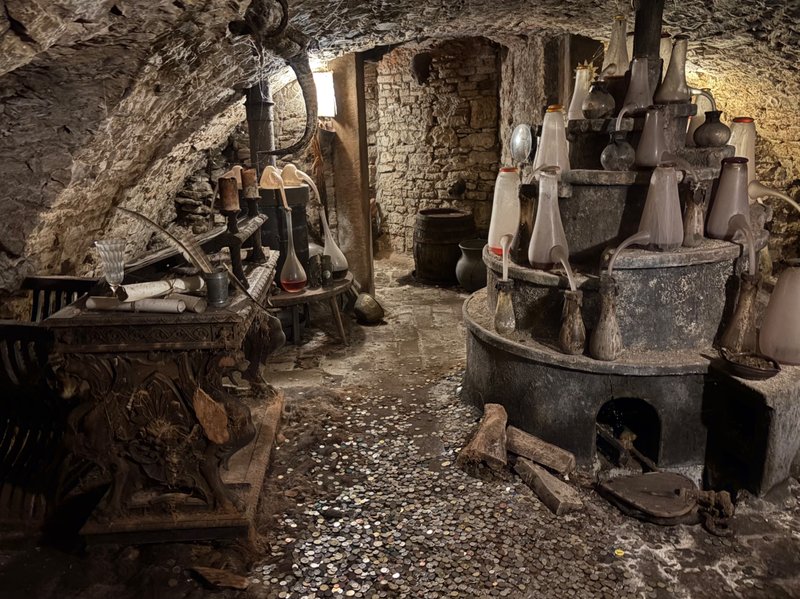


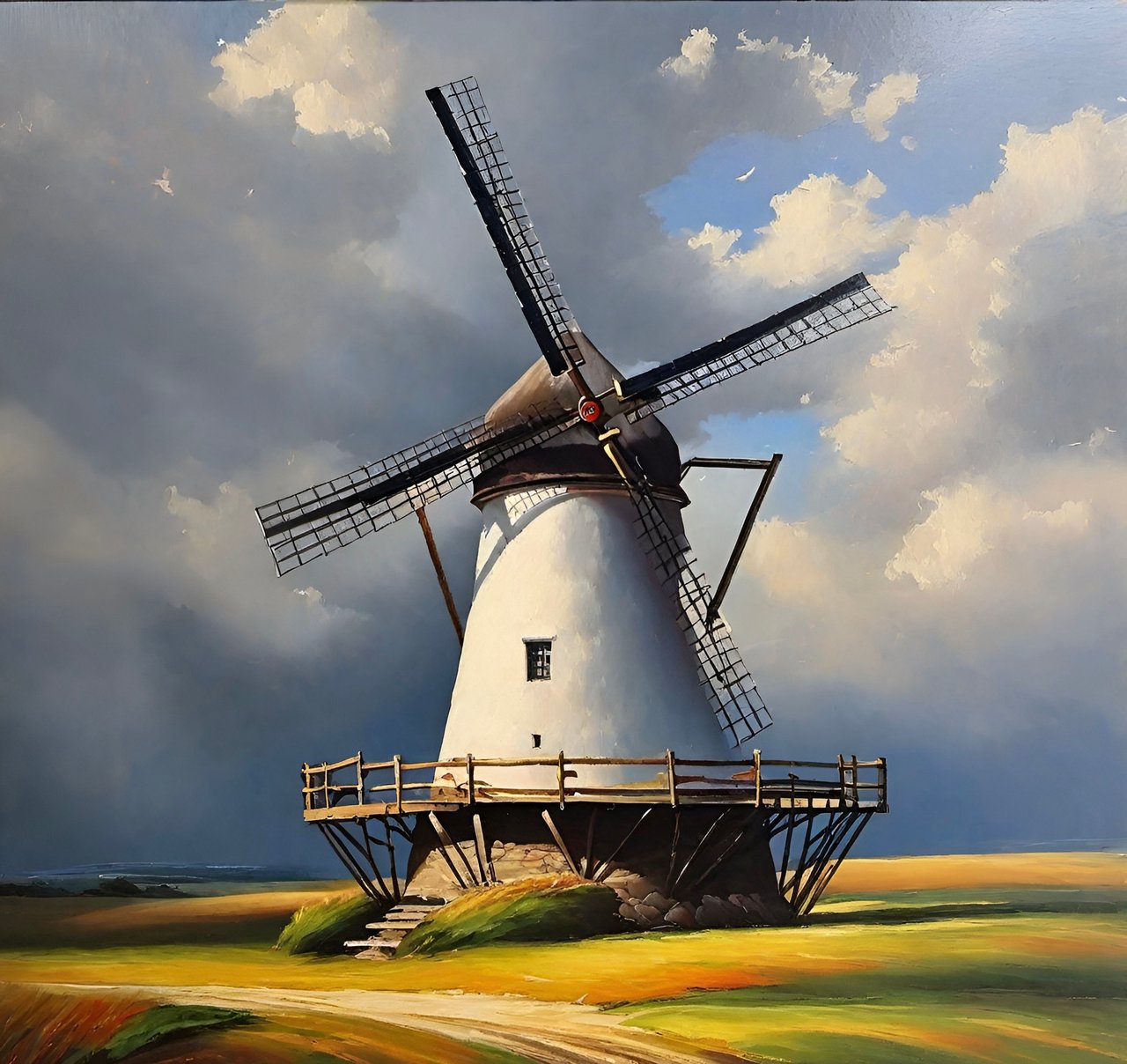
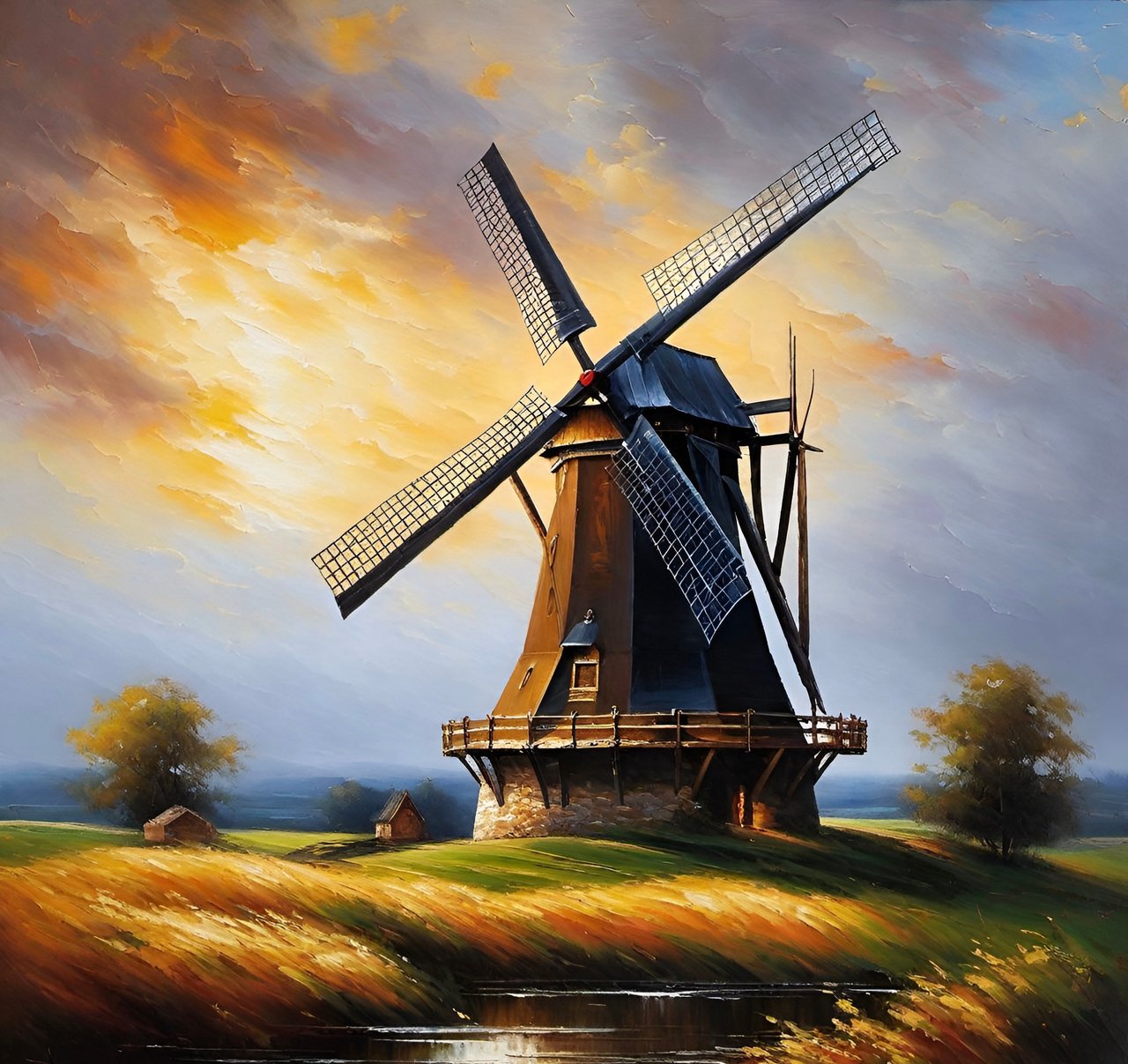

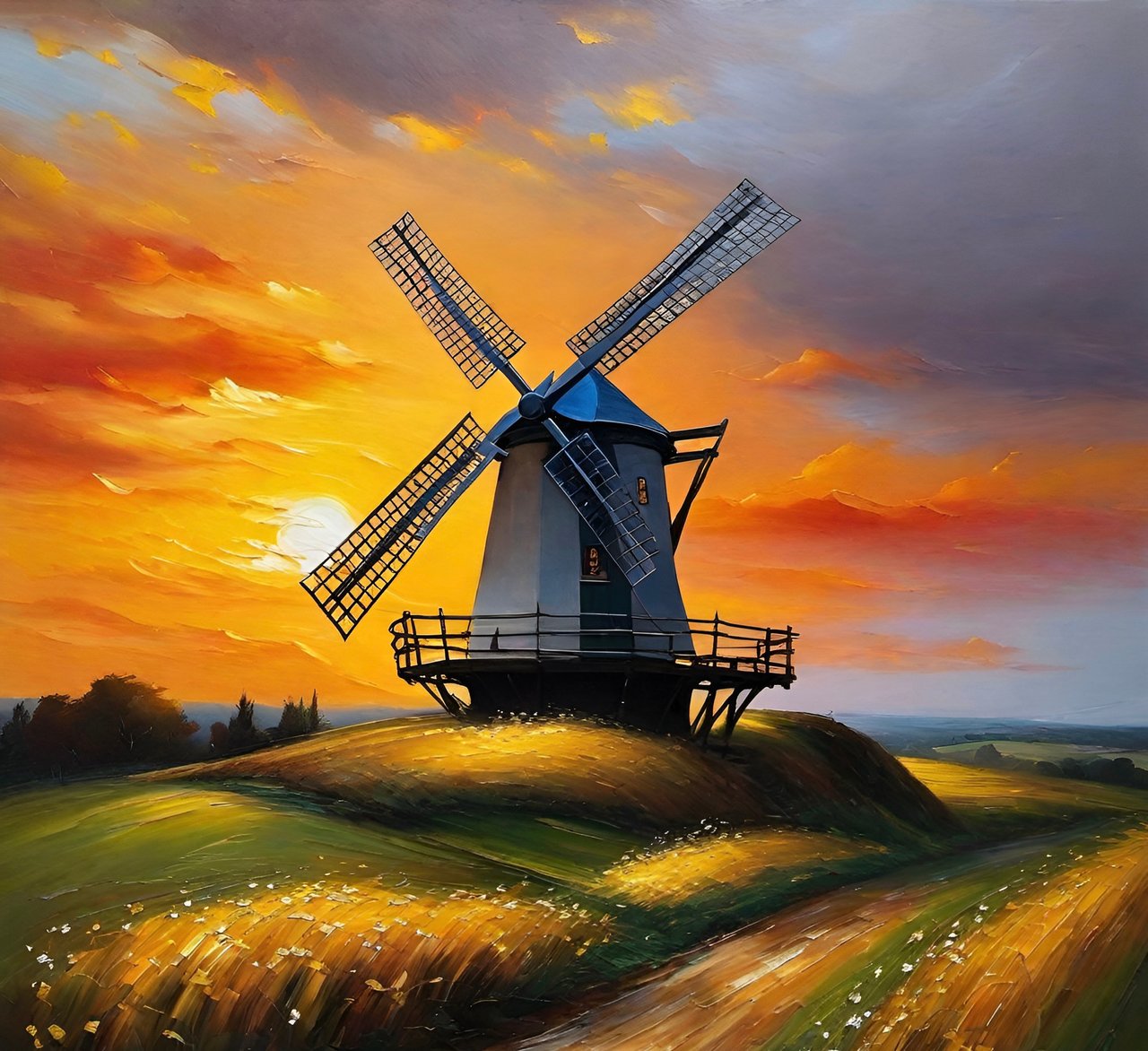
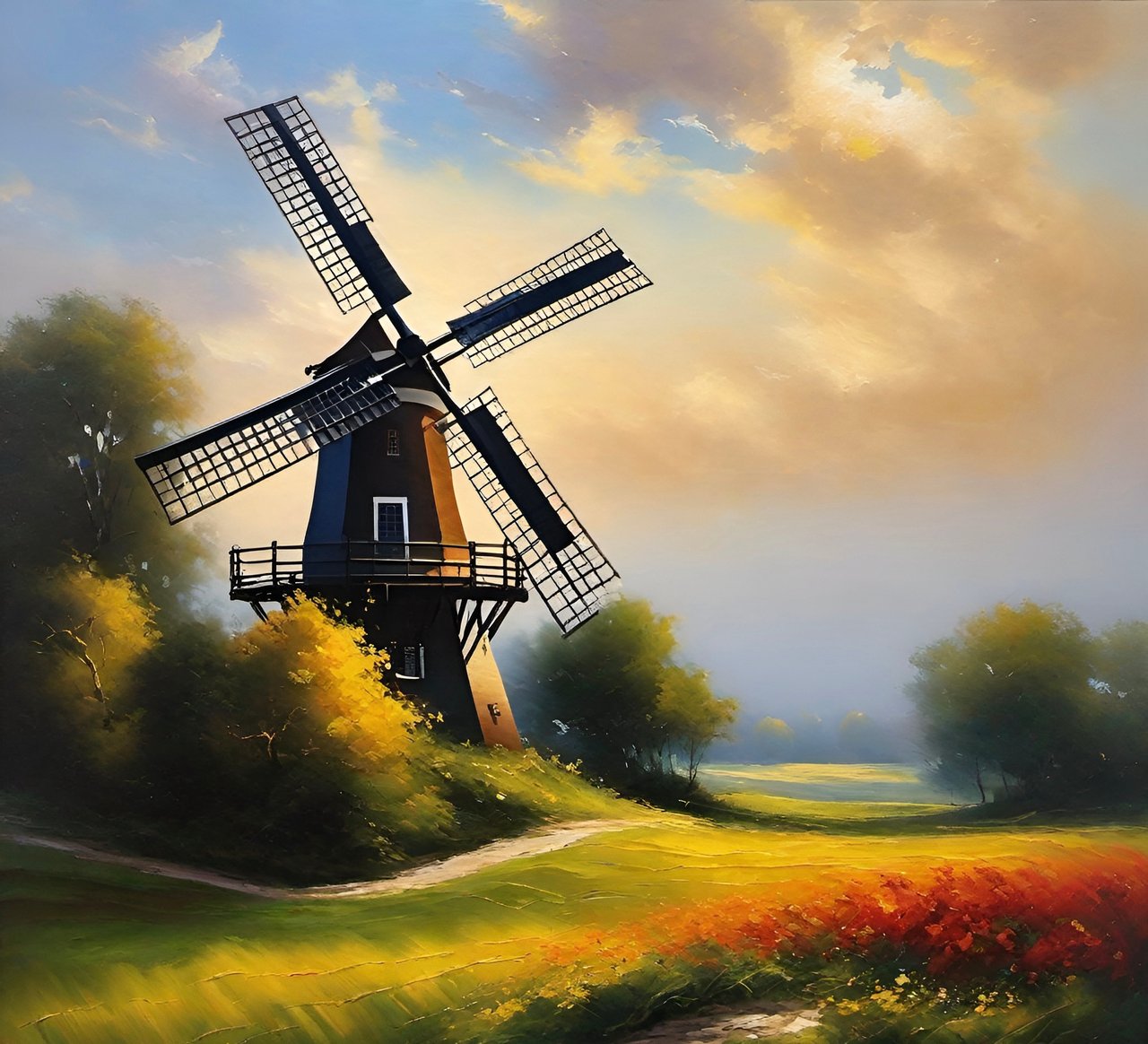

Comments